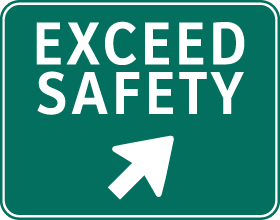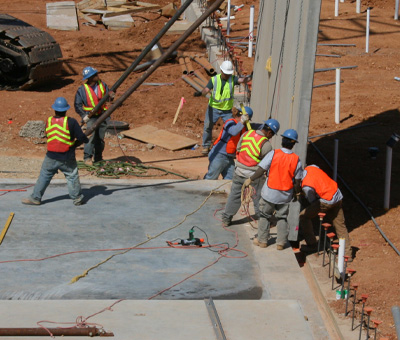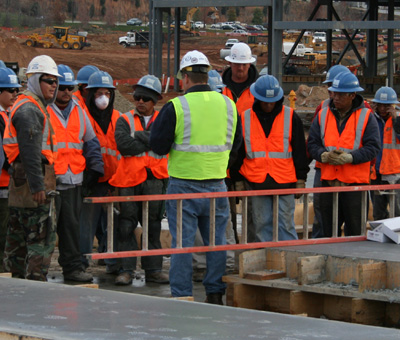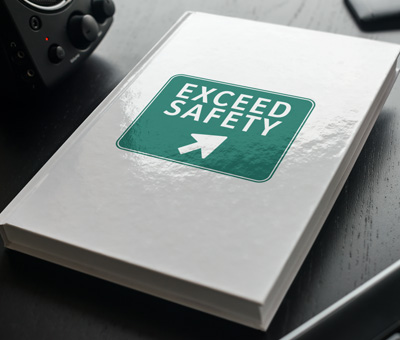Convincing C-suite executives to prioritize workplace safety requires a nuanced approach, blending strategic insight with the understanding of safety’s integral role in an organization’s success. This deeper dive into selling safety to the top echelon of corporate leadership not only outlines the challenge but also provides a structured strategy for embedding a culture of safety that aligns with business goals, enhances employee well-being, and ultimately contributes to the organization’s resilience and sustainability.
The Art of Selling Safety
Selling safety to top-level executives is akin to performing a delicate dance, where the primary focus often lies on the bottom line and strategic initiatives, potentially sidelining workplace safety. Highlighting safety as a strategic investment emphasizes its role in fostering an environment where employees are empowered and motivated, leading to notable improvements in productivity and organizational resilience.
Beyond the Budget: The Value of Safety
Safety transcends its representation on financial documents, offering immense value that directly affects an organization’s sustainability and bottom line. Framing safety in the context of risk mitigation, cost savings, and competitive advantage can align it with the strategic interests of corporate leaders, making the case for safety a compelling component of business strategy.
Aligning Safety with Business Objectives
For safety initiatives to gain traction within the C-suite, they must be seamlessly integrated with the business’s overarching goals and objectives. Demonstrating the relationship between safety and key performance indicators elevates its status from a secondary concern to a fundamental business operation, necessitating a detailed analysis of data and metrics to quantify safety’s return on investment.
Quantifying Safety’s ROI
A critical aspect of advocating for safety involves presenting concrete data—such as safety performance metrics, incident rates, and cost savings—that illustrate its financial benefits. This evidence serves as a powerful tool for safety advocates, enabling them to justify further investments in safety initiatives by highlighting their positive impact on the organization’s financial health.
Cultivating a Culture of Safety
The journey to instilling a safety culture within an organization demands commitment from the highest levels of management. Active endorsement of safety by C-suite executives encourages a top-down approach to safety compliance, fostering a workplace environment marked by accountability, engagement, and a shared dedication to safety objectives.
Persuasion and Strategy: The Path to Safety Leadership
Advocating for safety is both a strategic imperative and a persuasive effort aimed at positioning safety at the forefront of corporate decision-making. By aligning safety initiatives with business objectives, demonstrating their ROI, and communicating effectively with executive stakeholders, safety advocates can elevate the importance of safety within the corporate hierarchy, ensuring it becomes a cornerstone of the company’s operational philosophy.
In conclusion, the task of promoting safety to the C-suite is not merely about advocating for hazard reduction but about demonstrating how a strong culture of safety can enrich employee morale, boost productivity, and enhance the company’s competitive edge. Through strategic alignment, detailed analysis, and effective communication, the case for prioritizing safety can be made compelling, leading to a safer, more prosperous organizational future.
10 Common Ladder Safety Mistakes (and how to avoid them)
March is National Ladder Safety Month, making it the perfect time to highlight one of the most overlooked safety hazards in the workplace: ladders. Ladders seem simple enough—you climb up, do the job, climb down. But every year, thousands of workers suffer serious injuries from ladder-related accidents, many of which could have been prevented with…
Continue Reading 10 Common Ladder Safety Mistakes (and how to avoid them)
Legal and Ethical Considerations in Workplace Safety Policies
When businesses think about workplace safety, they often focus on physical security systems, training, and emergency plans. But one of the most complicated pieces of the puzzle involves company policies—especially when it comes to firearms. What happens when an employee’s right to carry a firearm clashes with company rules? What are the risks of banning…
Continue Reading Legal and Ethical Considerations in Workplace Safety Policies
Building a Culture of Safety Through Awareness and Preparedness
The first step in improving workplace safety is target hardening—strengthening physical and procedural security measures to make environments less vulnerable to threats. But security systems and policies are only part of the equation. A truly secure workplace requires a culture of safety, where employees are not only aware of potential risks but also prepared to…
Continue Reading Building a Culture of Safety Through Awareness and Preparedness
